A BROOKLYN FIREBUG’S REIGN OF FURY (1899)
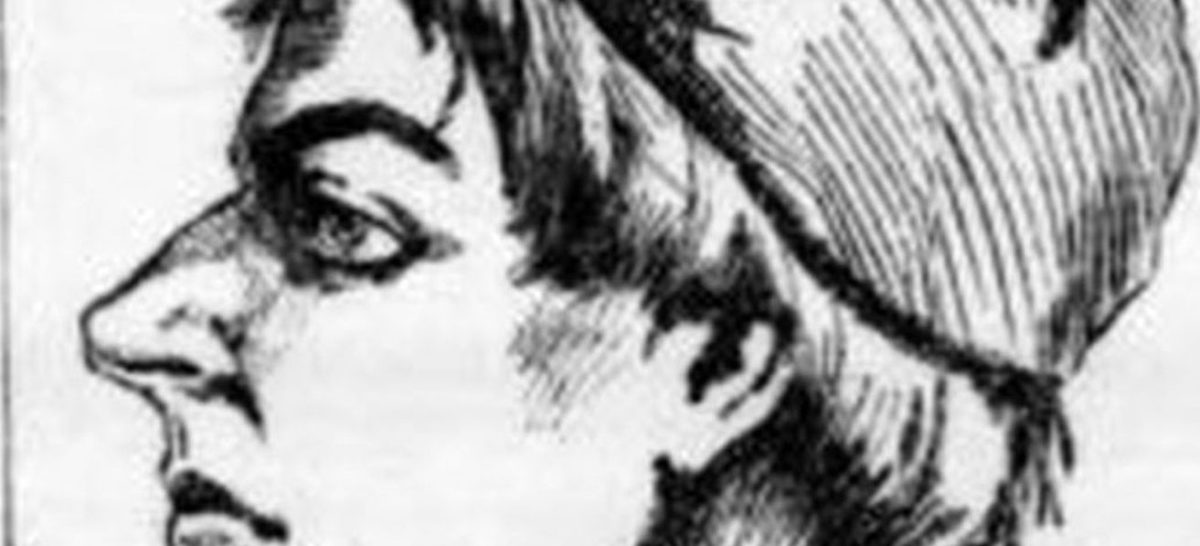
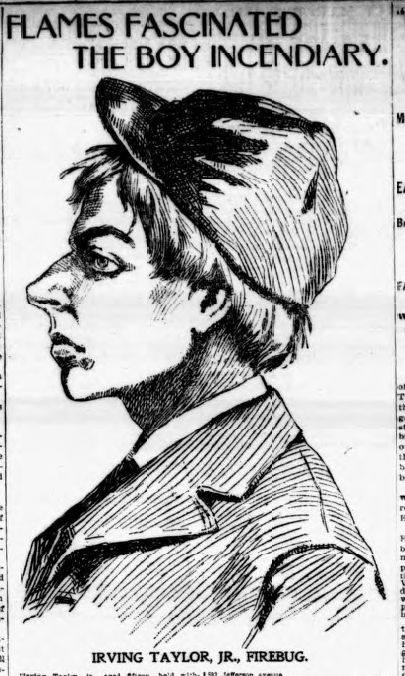
In February and March of 1899, someone was setting fires in crowded tenement houses in the eastern section of Stuyvesant Heights and Williamsburg.
They started around the time that the Fire Department had classed the neighborhood of Broadway and Gates Avenue as “highly flammable.” In little more than a month, 14 suspicious fires were reported and, subsequently, doused by the department.
The Brooklyn public was both fascinated and horrified by the story. Brooklynites began to watch their houses more closely and found themselves more discriminating regarding people on their street whom they did not know.
Firebugs were not an unknown quantity, but this one was putting a good number of fires under his belt and fear into the heart of Brooklyn.
DETECTIVE BECKER ON THE CASE!
When Brooklyn Police tried to wrap their heads around the spate of arsons, wondering who could possibly be starting them and why, Detective Becker recalled a strange incident where a young Abraham & Straus delivery boy had, one day, bound and gagged himself and pretended to have been knocked unconscious by 12 thieves and had his weekly wages stolen. The boy had eventually admitted his act, but would not say why he had done it.
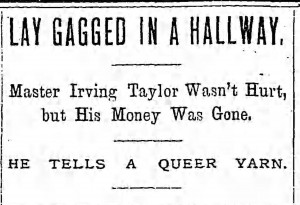
As Brooklyn Police had nothing else really to go on, Capt. Ennis of the Ralph Avenue station detailed Becker to watch the youngster, Irving Taylor, Jr., to determine if he were somehow involved.
Detective Becker knew that the 15-year-old was a smoker. He consumed eight to ten packs daily. He was so addicted to the nicotine, that a series of jobs that he had held he eventually quit because the “wages were not enough to keep him in cigarettes.” Irving also, curiously enough, delivered nearly all of the fish that was eaten in the region of incendiary fires.
Could it be possible that Irving – as he was delivering his fish – was using his cigarettes to start these fires? It was something to go on, they thought.
 So, Detective Becker selected Friday to trail the fishmonger’s assistant, as it was “Fish Day” and Irving would be making his rounds. Becker hired a delivery wagon and took two boys into his confidence to act as drivers. He and two other officers “secreted themselves inside the wagon” and they followed Irving.
So, Detective Becker selected Friday to trail the fishmonger’s assistant, as it was “Fish Day” and Irving would be making his rounds. Becker hired a delivery wagon and took two boys into his confidence to act as drivers. He and two other officers “secreted themselves inside the wagon” and they followed Irving.
Becker discovered that day that those to whom Irving delivered fish each Friday were – to a person – “afflicted with the fire distemper.”
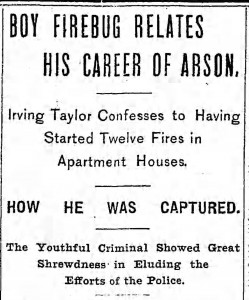
“The Taylor boy was in the fish store on Broadway before the flames burst out in the Macon Street house. Officers in plain clothes were watching him from across the street.”
After Irving had set his final two fires – at No. 1124 Bushwick Avenue and 1082 Madison Street – Capt. Ennis arrested him the following night.
When he was taken to the police station, he “made a clean breast of his deeds.”
“I only wanted to see the engines,” he said. “I enjoyed the sport.”
Over the coming days, the newspapers would follow the court case, writing in detail about Irving.
“He is very tall for his age – at least 5 feet 10 inches – but in appearance he is hollow-cheeked, narrow-chested, and unhealthy.
“He belongs to the modern type of cigarette-smoking youth. His pinched face is devoid of expression. Perched on the back of his small head is a golf cap, and a shock of brown hair falls over a low forehead. In language he is monosyllabic, and his voice is heard in a monotonous drone.”
See a THE MAP OF THE FIREBUG’S TARGETS.
———————————————————————————————————————–
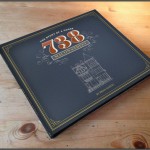 The story you have just read was composed from extensive historical research conducted by The Brownstone Detectives. Our clients commission us to investigate the history of their – or their clients’ – historic properties. From our findings, we produce their very own hardbound House History Books. Our books are professionally written and laid out, containing illustrated and colorful narratives that bring the history of any house to life. Contact us today to begin discovering the history of your home.
The story you have just read was composed from extensive historical research conducted by The Brownstone Detectives. Our clients commission us to investigate the history of their – or their clients’ – historic properties. From our findings, we produce their very own hardbound House History Books. Our books are professionally written and laid out, containing illustrated and colorful narratives that bring the history of any house to life. Contact us today to begin discovering the history of your home.
[…] found those articles, and much of what I discovered was detailed in Brian’s earlier excellent Brownstone Detectives piece about my great grandfather. He was suspected of setting 12 fires in Brooklyn over the course of two […]